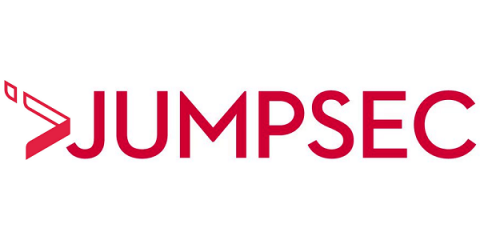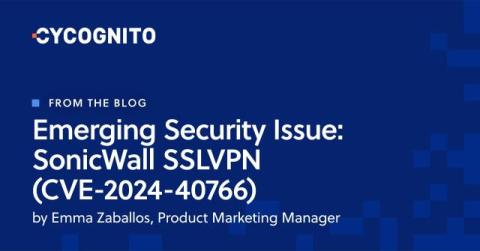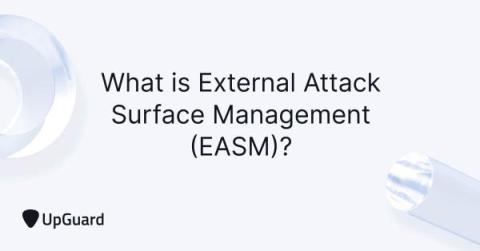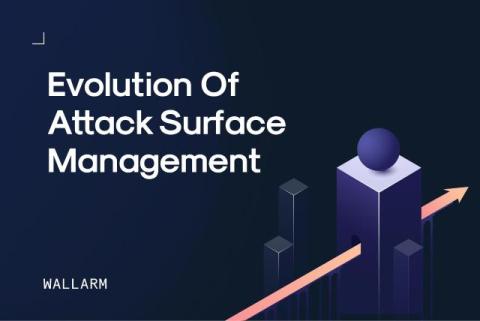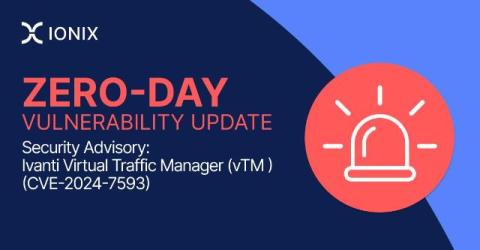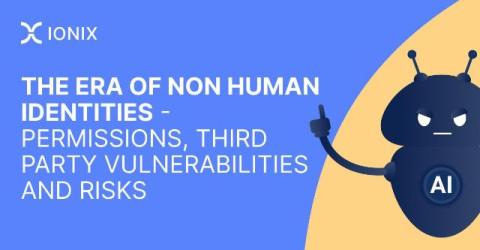ASM vs CASM: Understanding the key differences
There is a pressing need to protect an organisation’s digital assets against cyber attacks and it has never been more critical. The increasing complexity and dynamic nature of IT environments mean that traditional security measures often fall short. This has led to the emergence of new defensive approaches, such as attack surface management (ASM) that proactively safeguard against cyber threats.


